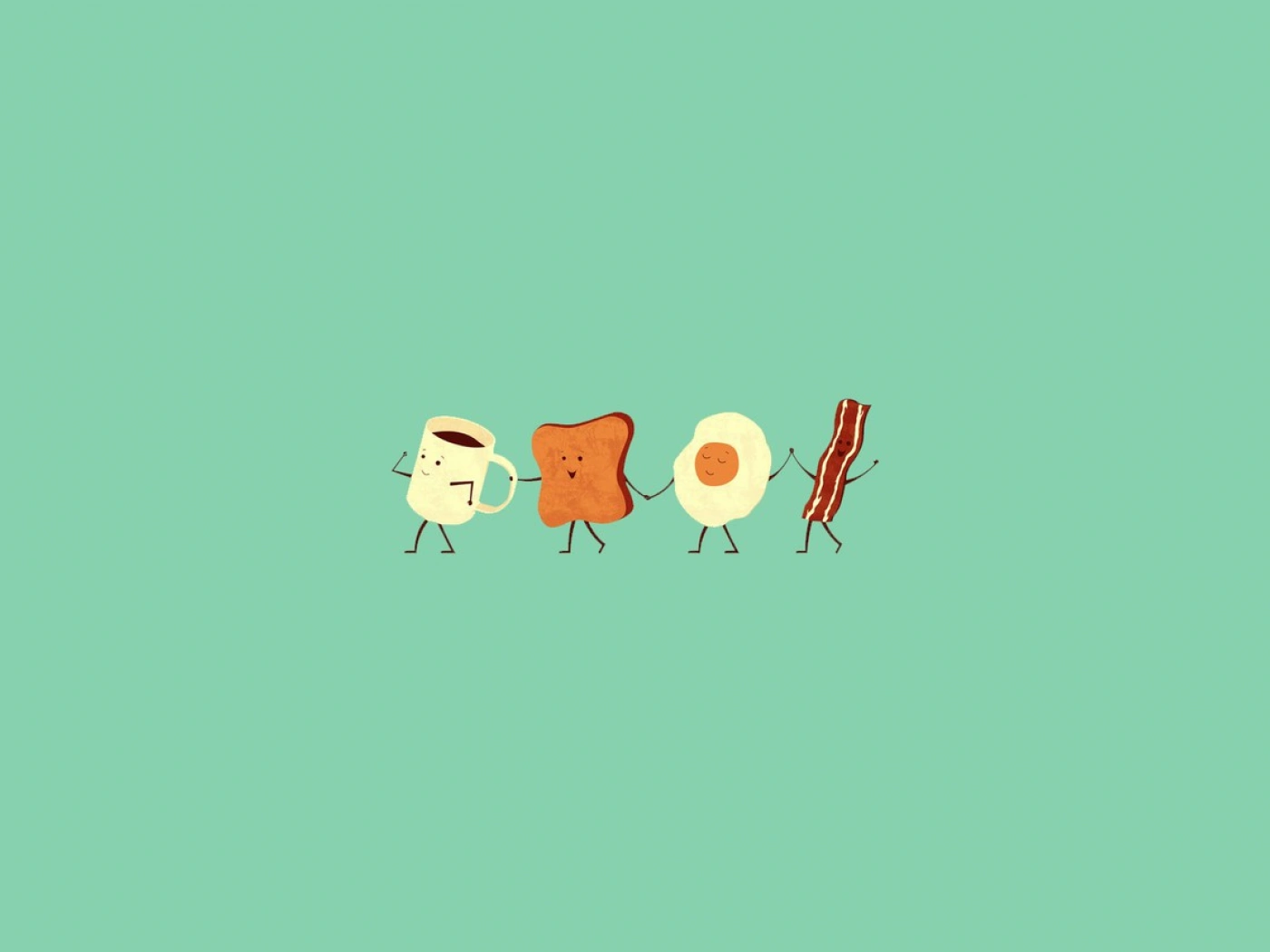
Orthorexia: Good Eating Gone Bad
The Cambridge Dictionary defines orthorexia nervosa as: «an obsession with eating only healthy foods that is so extreme it can be considered a mental illness».
The term was first invented in 1996 by Dr. Steven Bratman. Since then, Dr. Bratman became a leading expert in the field. His website Orthorexia is a leading resource in that it provides immense information about the disorder, patients’ personal stories, as well as latest updates and research findings.
Etymology:
—ortho means right
—orexia means appetite
—nervosa means fixation
Unlike anorexia nervosa, which provokes a distortion of one’s body image, patients suffering from orthorexia are rarely focused on weight loss. Instead, they are more concerned about the purity of their food. That is not to say that orthorexia and anorexia are complete opposites of each other. Indeed, it is possible for a person to simultaneously experience orthorexia and anorexia. Beyond that, obsessive-compulsive disorder (OCD) is observed in both anorexia and orthorexia.
The greatest paradox of this condition is that healthy eating becomes unhealthy. Still, it is paramount to understand the fact that a healthy lifestyle and with it, healthy eating habits, are not necessarily signs of orthorexia.
Dr. Bratman emphasizes that «healthy eating doesn’t become orthorexia until a tipping point is reached and enthusiasm transforms into an obsession».
Orthorexia nervosa is not yet recognized in the Diagnostic and Statistical Manual of Mental Disorders (DSM-5), which is used by clinicians and psychiatrists to diagnose psychiatric illnesses. In spite of the fact that it it is challenging to diagnose orthorexia, Dr. Bratman proposed the following diagnostic criteria:
Criterion A: Obsessive focus on «healthy» eating marked by emotional distress in conjunction with food choices deemed unhealthy:
- Compulsive behavior and/or mental preoccupation regarding restrictive dietary practices that are perceived as a way to promote optimum health.
- Failure to follow self-imposed dietary rules causes an extreme fear of disease, a sense of impurity, negative physical sensations, accompanied by anxiety and shame.
- Dietary restrictions escalate over time and begin to involve more frequent «cleanses» or fasts that are perceived as a purifying or detoxifying.
Criterion B: The compulsive behavior and preoccupation with food intensify to the point that they become clinically impairing:
- Malnutrition, severe weight loss, extremely restricted diet.
- Distress and impairment of daily activities (social, academic) secondary to behaviors related to healthy eating.
- Positive body image is increasingly dependent on compliance with «healthy» eating behavior.
Additionally, Dr. Bratman’s article lists the following as probable symptoms of Orthorexia, which may help make the diagnosis:
- Obsessive focus on food choice, planning, purchase, preparation, and consumption.
- Food is regarded primarily as a source of health rather than pleasure.
- Distress or disgust when in proximity to prohibited foods.
- Exaggerated faith that inclusion or elimination of particular kinds of food can prevent or cure disease.
- Moral judgment of others based on dietary choices.
- Body image distortion around a sense of physical «impurity» rather than weight.
- Persistent belief that dietary practices are health-promoting despite evidence of malnutrition.





